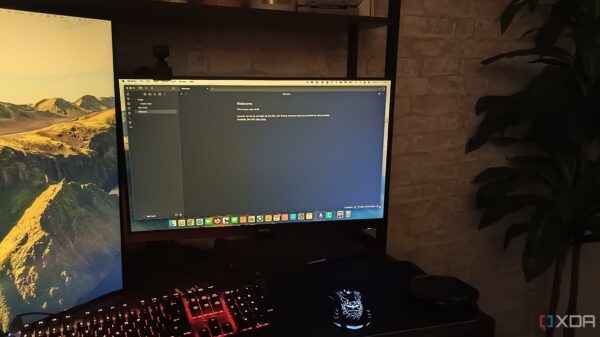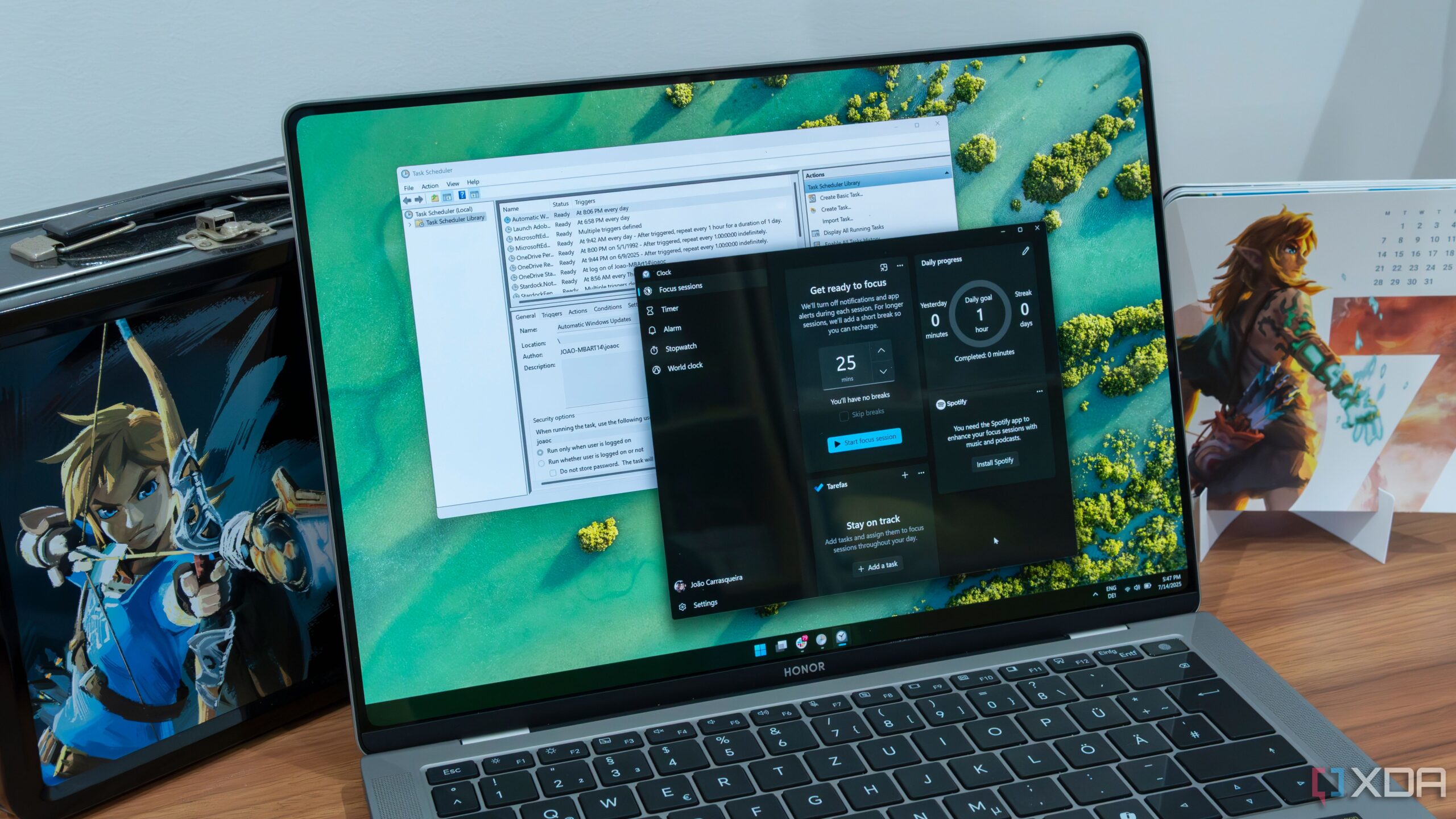UPDATE: Windows Task Scheduler is gaining attention for its powerful automation capabilities, allowing users to streamline processes without the need for third-party applications. This tool is proving essential for maximizing productivity and efficiency on personal computers.
New reports confirm that many users remain unaware of the full potential of Windows Task Scheduler, which can replace various reminder, cleaning, and backup apps. The urgency to utilize this built-in feature is heightened as more individuals look for efficient ways to manage their tasks and system maintenance without cluttering their devices.
These six powerful tricks can transform how you automate your tasks today:
1. Simplified Reminders and Notifications
Instead of relying on various reminder applications, Windows Task Scheduler can handle notifications effortlessly. Users can create basic tasks to trigger reminders based on specific dates or events, such as those set in Google Calendar. With a few clicks, you can set a task to launch a meeting app or play a sound. This eliminates the need for apps like Task Till Dawn or system notification utilities, making for a cleaner system.
2. Streamlined Cleaning and Maintenance
Forget about installing heavy cleaning utilities like CCleaner. Windows Task Scheduler can execute disk cleanups and defragmentation tasks directly at the OS level. By setting up a recurring trigger, users can schedule system maintenance more efficiently, leading to enhanced performance without unnecessary software baggage.
3. Automated Backups Without Extra Software
The Task Scheduler allows users to automate file backups seamlessly. By scheduling tasks to run Robocopy or xcopy commands, you can ensure your important files are regularly backed up to network shares. This reliance on built-in tools not only saves costs but also enhances reliability, as the OS features error logging and retry logic.
4. Effortless Script and Command Automation
Automation enthusiasts can rejoice as Task Scheduler simplifies launching scripts in PowerShell, batch files, or Python. Users can easily set conditions for tasks, such as executing only when plugged into AC power or after a period of inactivity. This flexibility allows for comprehensive automation without the hassle of third-party applications.
5. Event-Based Automation at Your Fingertips
Windows Task Scheduler can automate tasks based on system events, such as user logon or system startup. This functionality allows users to run cleanups or monitoring tools automatically, effectively replacing complex third-party solutions with straightforward OS-level operations.
6. Custom Power Management Solutions
Users can leverage Task Scheduler to automate power management features, such as setting shutdown or restart commands at specific times. This ensures that laptops and desktops can conserve energy efficiently while meeting the user’s needs, without relying on additional apps.
As people increasingly seek solutions to reduce digital clutter, the resurgence of Windows Task Scheduler is timely. By utilizing these six tricks, users can maximize their productivity and maintain system efficiency without the need for multiple applications.
This news highlights the urgent need for users to recognize the power of built-in tools like Windows Task Scheduler. As technology continues to evolve, embracing these native solutions is crucial for a more streamlined experience. Share this article to inform others about these invaluable tips and help them optimize their productivity now!








































































